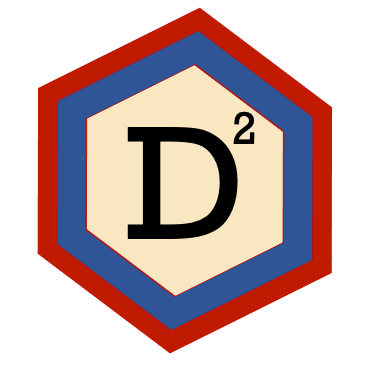Managing the Unknown and Unknowable
Multiplying Effects of Invisible Phenomena
An unhappy customer tells his friends. The multiplying effect of an unhappy customer is one of those unknown and unknowable figures, and likewise for the multiplying effect of a happy customer, who brings in business (see p. 121).
- Dr. W.E. Deming, Out of the Crisis, p. 12.
Are top salesmen causing serious loss? Do they do more harm to the company than anybody else? Maybe from overselling. For example, selling to the customer a bigger copier machine than the customer needs. The salesman gets more commission that way. Gets more sales dollars. The customer grumbles. Because the salesman tricked him. Sold him a bigger machine than he needed. The customer tells his friend about it, grumbles. The company loses eventually. The salesman may have sold to the customer a smaller copier machine than the customer needs under the excuse that the customer does not have enough money to buy the right one. So the salesman sells him a machine that is too small on the theory that it’s better to get some sale than nothing at all. And the customer learns in due time he bought too small a machine. He’s unhappy. He grumbles, tells his friends about it. You get all this reaction against the company. How much? Nobody knows. You cannot measure these types of losses. But they are the ones we must manage.
- Dr. W.E. Deming, quoted in Orsini Joyce. The Essential Deming, p. 53.
In my mind, if you run your company on visible figures alone, you will have neither company nor figures, given a little time. The most important figures are unknown and unknowable. That opinion comes from my good friend, Dr. Lloyd Nelson. One unknowable figure, for example, is the multiplying effect of a happy customer who brings repeat or new business into the company. Another one is the multiplying effect of an unhappy customer who warns his friends, and even some of his enemies, about his experience. Another unknowable figure is the multiplying effect that comes from an employee group that is able to make a contribution to the company as a team. They see their jobs as important. They are helping the company to improve. They take pride in their work. Their lives change—I have seen it happen. These are all small increments, but they quickly add up. You need teamwork and good management—not reams of figures—to bring that about.
Ibid., p. 170.
Dr. Deming was an inveterate life-long learner who collected the wisdom of others and seamlessly integrated it with his own thinking. One of many famous expressions of his, that of unknown and unknowables was first told to him by Dr. Lloyd Nelson of Nashua Corp, an early customer of Deming’s in the 1980s. These are invisible phenomena created from the way interactions in an organization are managed, or mis-managed, that accrue over time and pay commensurate dividends. Managing your organization as a system using a Deming lens requires broadening your thinking into this dimension.
It may seem that all Deming is saying here is that we need to provide good customer service, for example, or to treat our employees with respect and provide them with the things they need. Common sense, right? Even here, Deming was stern that you’d not be picking up what he was putting down as much of this “common sense” is what’s led us to keep the wool over our eyes in the first place. What enables us to deliver good customer service? What enables product teams or groups to make contributions for improvement in the product or service that leads to happier customers who bring in more customers? These begin with changes in attitude, theory, and disposition at the top.
Examples
A prospective customer once came to me with a complaint that they needed a coach to help improve their “rate of innovations”. It was their supposition that their engineering teams were the bottleneck and needed some straightening out to improve their capacity. Upon further investigation it was revealed they had almost as many sales staff as engineers who were incentivized to sell new products and service plans, jamming the system up. Remarkably, no one had considered this, nor the effects it was having (unknown and unknowable) on staff retention, new hires, customer goodwill, and more.
In another instance that nearly anyone can appreciate, my car’s dealership has a service centre where I’ve taken it while it was under warranty. I noticed that despite being an upscale brand, the quality of the service didn’t match. It wasn’t that the staff weren’t trying to help, but were constrained in how far they could go, and left me unhappy as a customer on multiple occasions. It was clear that the dealership was not managed as a system, but rather two isolated parts: Sales and Servicing.
One day, I was approached by the sales manager there to trade-in my vehicle for a new one. I rejected the request saying why on earth would I want to buy a new vehicle, even at a discount, when I know the warranty service afterward will be well-below what’s expected for the brand? I could just get their lower-tier product and get better service. Effects to their business? Unknown and unknowable, but I’ve told the story to many friends and colleagues.
Reflection Questions
In thinking about Dr. Deming’s quotes above, what unknown and unknowable phenomena do you observe either in your organization or as a customer to others? How are they managed, if at all? What improvements could be made today that would have a multiplying effect toward better customer relations or improved team morale? What would be necessary to institute them? What would happen if you made them without considering effects in other parts of the business? How would you advise managing the components together to address unknown unknowables?



